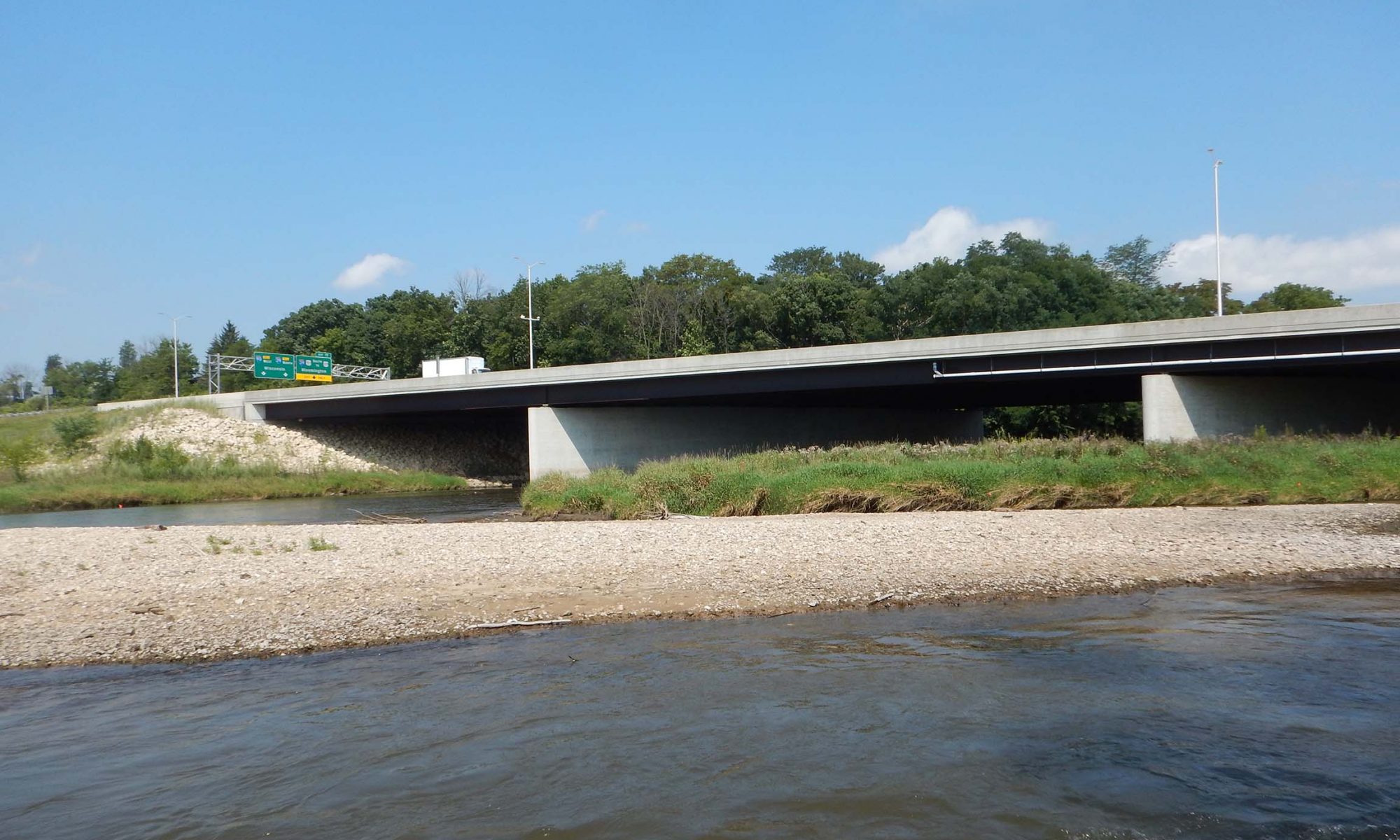The Population and Community Ecology (PACE) Lab is overseen by Dr. Michael J. Dreslik. The four programs of the lab are the Urban Biotic Assessment Program (UBAP), which provides environmental expertise to the Illinois Tollway, the Amphibian and Reptile Conservation (ARC) program, the Freshwater Mollusk Ecology and Conservation (FMEC) program, and the Environmental Education Program (EEP).
Follow us:




